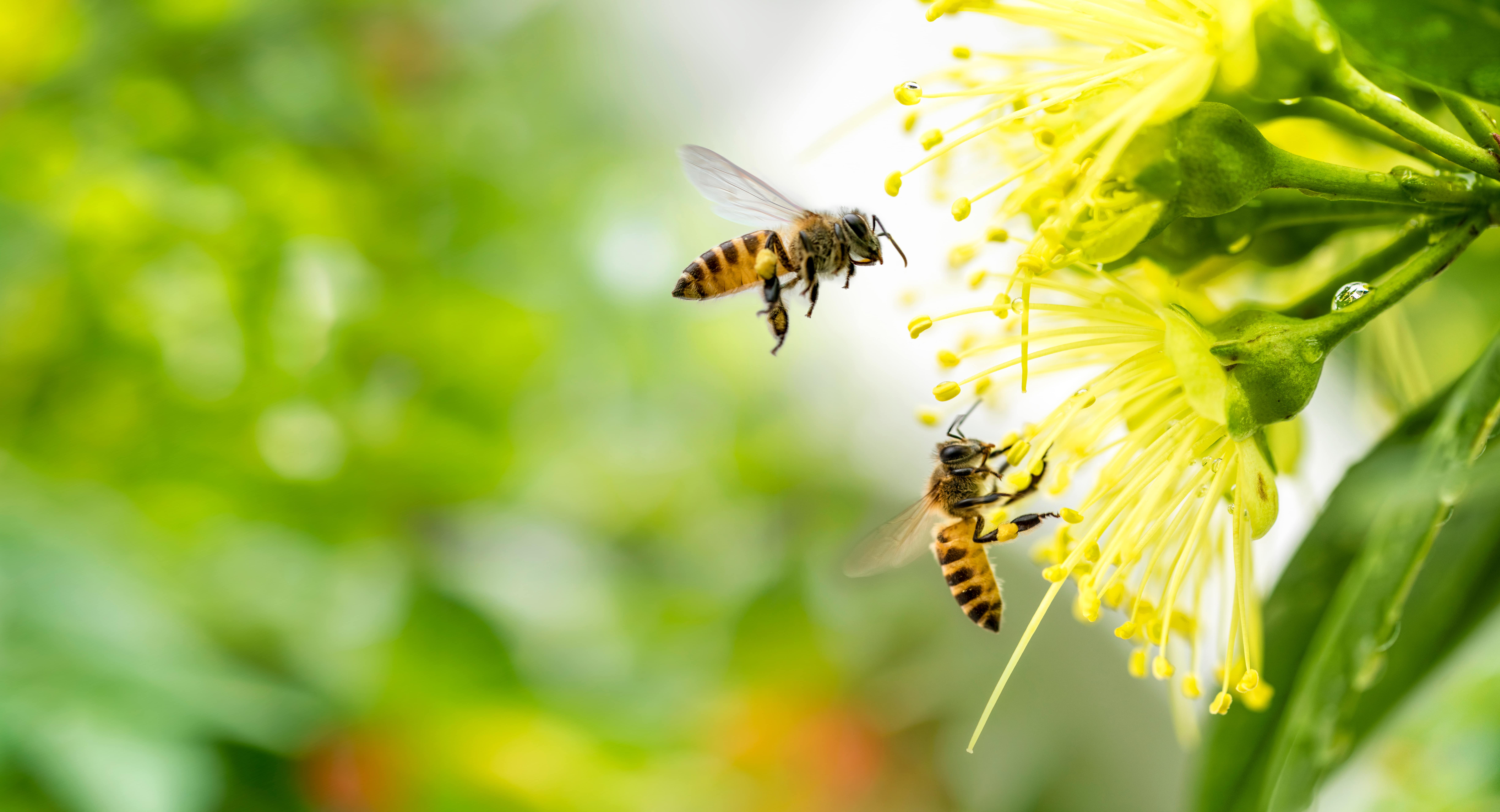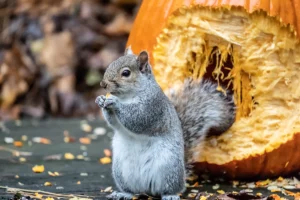Home / Blog / bugs / What Do Stink Bugs Eat?
What Do Stink Bugs Eat?
Get upto $350 Off

Scientifically reviewed by Rachel Maldonado
-Published on June 10, 2024
-Updated on August 23, 2024
What Do Stink Bugs Eat?
Ever stumbled upon a bug with a curious shield-like shape and an aroma that made you crinkle your nose? Meet the stink bug! These notorious invaders are more than just an olfactory offense; they’re a genuine threat to your beloved plants and crops.
Intrigued about their dietary habits – and what that means for your garden? Join us as we unearth the secrets of their diet and arm you with tips to defend your home and garden from these tenacious chompers.
Understanding the Stink Bug
Stink bugs, particularly the brown marmorated stink bug (Halyomorpha halys), are known for their distinctive appearance. They have a shield-shaped body, usually around 0.5 to 0.75 inches long, and come in a range of colors, from brown to green. These pests are not just a nuisance because of their smell; they can also cause significant damage to crops and plants.
Originating from East Asia, the brown marmorated stink bug has become an invasive species in many parts of the world, particularly in the United States.
They are highly adaptable and can thrive in various environments, making them a formidable opponent for farmers and gardeners alike. In addition to the damage they cause to commercial crops, these stink bugs can also invade homes in large numbers, seeking warmth and shelter during cooler months.
Their life cycle includes several stages, starting from eggs to nymphs, and finally reaching adulthood. Female stink bugs can lay hundreds of eggs in their lifetime, usually on the undersides of leaves, making early detection exceptionally important for controlling their populations.
What Do Stink Bugs Eat?
Stink bugs are primarily herbivores, meaning they feed on plants. However, their diet can be quite varied depending on their environment and the availability of food sources.
1. Fruits
One of the stink bug’s favorite meals includes a variety of fruits. They puncture the skin of the fruit with their needle-like mouthparts and suck out the juices. This feeding method can cause significant damage to:
- Apples
- Peaches
- Pears
- Tomatoes
- Berries
If you notice small, discolored spots or deformations on your fruits, it might be the work of stink bugs.
2. Vegetables
Stink bugs don’t limit themselves to fruits; they also relish a variety of vegetables. Their presence in your garden can spell trouble for:
- Beans
- Peppers
- Corn
- Cucumbers
- Squash
The damage caused by stink bugs on vegetables often results in blemishes and reduced market value, which is particularly concerning for commercial growers.
3. Ornamental Plants
Beyond edibles, stink bugs are also known to feast on ornamental plants. Flowers, shrubs, and trees can all fall victim to their sap-sucking tendencies. Examples of plants that can be damaged include:
- Roses
- Chrysanthemums
- Marigolds
- Azaleas
- Hibiscus
- Japanese Maples
- Lilies
- Geraniums
- Dahlias
- Zinnias
While the damage might not always be lethal, it can affect the plant’s overall health and aesthetic appeal.
4. Field Crops
For farmers, stink bugs pose a serious threat to field crops. They’re commonly found feeding on:
- Soybeans
- Cotton
- Sorghum
- Wheat
As you might have guessed, the agricultural impact of stink bugs can lead to reduced yields and significant economic losses. Their ability to adapt and thrive in various environments makes them a persistent pest in farming communities.
5. Other Insects (Occasionally)
While stink bugs are predominantly herbivorous, some species exhibit occasional predatory behavior. They might feed on other insects, especially when plant-based food sources are scarce. However, this is not their primary diet and is relatively rare.
How to Identify Stink Bug Damage
Recognizing the signs of stink bug damage is crucial for early intervention. Some common indicators of stink bug damage (or damage from other types of insects) could include:
- Discolored Spots: Small, pale or dark spots on fruits and vegetables where the bugs have fed.
- Deformations: Misshapen fruits and vegetables resulting from feeding injuries.
- Wilting or Yellowing: Plants that appear unhealthy, with leaves wilting or turning yellow, might be under attack by stink bugs.
- Puncture Marks: Tiny holes or puncture marks on the surface of fruits, vegetables, and leaves.
Preventing and Controlling Stink Bugs
Managing stink bugs requires a combination of preventative measures and control strategies.
Here are some effective methods:
1. Physical Barriers
One of the simplest ways to keep stink bugs at bay is by using physical barriers. Installing row covers over your plants can prevent stink bugs from accessing them. Make sure the covers are secure and free of holes.
2. Regular Inspections
Frequent inspections of your garden or crops can help you catch a stink bug infestation early. Look for the signs of damage mentioned above and take action immediately if you spot any.
3. Natural Predators
Encouraging natural predators, like birds and beneficial insects (such as parasitic wasps), can help control stink bug populations. Planting a diverse range of plants can attract these allies to your garden.
4. Organic Sprays
There are several organic sprays available that can deter or kill stink bugs. Neem oil, insecticidal soap, and kaolin clay are popular choices. Always follow the manufacturer’s instructions when using these products.
5. Traps
Using traps can also be an effective way to reduce the stink bug population. Light traps and pheromone traps can help lure and capture these pests before they cause significant damage.
6. Seal Entry Points
During colder months, stink bugs seek shelter indoors. Seal any cracks or gaps in your home’s windows, doors, and foundation to prevent them from entering your living space.
You Don’t Have to Put Up With Stink Bugs
Stink bugs may not be the most harmful pests, but their presence can certainly detract from the beauty and productivity of your garden – not to mention the fact that they’re a real annoyance!
But by staying vigilant and employing a combination of preventive and control measures, you can keep these pesky bugs at bay.
If you’re struggling to manage stink bugs in or around your home or any other pests in your garden, consider reaching out to the experts. At Hawx Pest Control Virginia Beach VA, we offer comprehensive pest management solutions tailored to meet all of your unique needs.
Join our satisfied family of customers today and let us help you reclaim your garden and home from unwanted guests. Take the first step toward a pest-free environment today!
Related Articles
Visit our blog to learn more.
→















